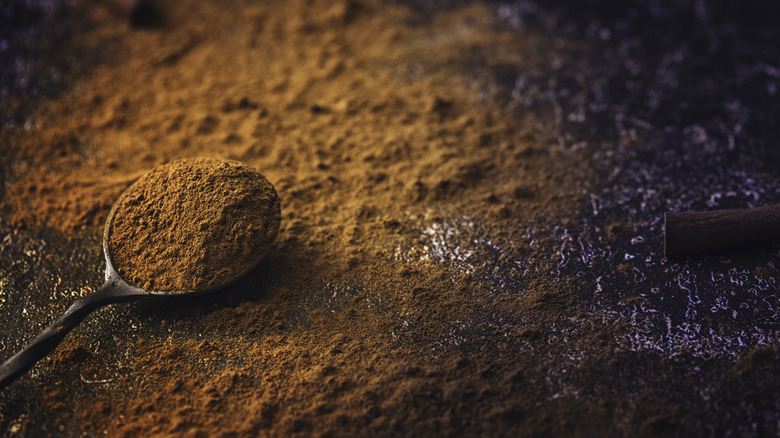Ground Cinnamon Recall Expanded Over Lead Concerns
For the third time this year, the FDA has issued a public health alert regarding ground cinnamon in consumer products. Following related alerts on March 6 and July 25, the current July 30 warning comprises an additional nine cinnamon brands. These affected brands, dispersed by various distributors, landed in many specialty or discount stores under the following names: El Chilar, Marcum, SWAD, Supreme Tradition, Compania Indillor Orientale, ALB Flavor, Shahzada, Spice Class, and La Frontera. Less than a week earlier, an alert went out for El Servidor ground cinnamon.
Customers should discard and avoid purchasing these products. Though considerably lower than the alarming 2023 lead levels in recalled cinnamon applesauce products, which caused illness in 500-plus U.S. children, these current findings in ground cinnamon are still considered unsafe. Consuming them potentially leads to detrimental health effects, particular with long-term exposure or in vulnerable populations, including young children. Lead concentrations in the currently identified products range from 2.03 to 7.01 parts per million (ppm), while the El Servidor brand measured up to 20 ppm.
Though no amount of lead is technically "safe," trade groups such as the American Spice Trade Association sets goals for bark spices, including cinnamon, at a maximum 2 ppm. Specific lead volumes per brand, plus any available lots number or best-by dates, are available in the FDA public health notice. Thus far, the agency has only recommended a voluntary recall by affected manufacturers, as the FDA at present does not impose specific heavy metals limits on spices.
How lead contamination occurs
While the FDA and individual states conduct testing on ground cinnamon products at retail locations and at the point of import, prevention is the essential key to keeping tainted food products out of the marketplace. In a March 6 letter, the FDA specifically laid burden at the feet of participants in the cinnamon industry, stating that "Ultimately, it is the responsibility of manufacturers, processors, distributors, and other facility operators to ensure the safety of the products that enter the U.S. market." However, the issues with cinnamon can have complex roots.
How heavy metals such as lead ever make their way into spices bound for consumer kitchens and tables is multi-tiered. Contamination can start at the cinnamon tree itself, even with the soil in which it grows, which can contain lead. As that lead travels from roots to tree, it can gather in the outer bark, which is exactly the source of cinnamon spice. Lead exposure can also come from water or from environmental pollution throughout the food supply chain.
Cinnamon is vulnerable to lead exposure during processing as well, from sources such as machines or equipment that come into contact with the bark, either in whole form or already ground. The same can happen during packaging, shipping, and distribution as the product makes its way to grocery shelves. Less likely, though not out of the question, is unscrupulous suppliers mixing lead or other fillers into ground cinnamon to increase weight, thereby increasing profit margins.

